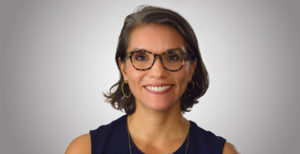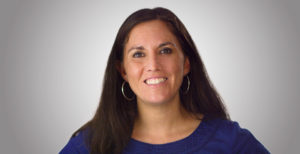Project Overview
Across America, many neighborhoods in areas of historic divestment and concentrated poverty can easily count 20 incarcerated youth from within a few square blocks. Putting young people in the juvenile justice system costs millions each year, plucks youth from their communities, and leaves low-income neighborhoods of color bearing the burden of a broken system. Proposing a new, neighborhood-led model of youth justice, the Neighborhood Opportunity and Accountability Board (NOAB) offers a paradigm shift that relies on community leadership and supports youth to thrive. Launched by the Oakland, California–based National Institute for Criminal Justice Reform, NOAB envisions a system of neighborhood-based boards governed by principles of positive youth development and restorative justice. Each board will consist of neighborhood residents, including community leaders, pastors, youth, victims, family members of system-involved youth, and others. Incidents will be referred to boards by the community, as well as by the police as diversions from formal proceedings. With initial agreements to pilot boards with the City of Oakland and the City of Richmond—two communities highly affected by mass incarceration and violence—NOAB seeks to re-route resources spent on locking youth up and instead invest in young people, their families, and their communities.
Five Questions
Learn more about this project
Meet our other 2017 awardees

Western North Carolina
Connecting cultural heritage, youth retention, and economic revival, The Industrial Commons helps small to mid-size manufacturers convert to worker-ownership.

Washington, D.C. and San Diego, CA
Seeking to restore imperiled coral reefs, Coral Vita is leveraging for-profit tools to build a network of high-tech coral farms.

Washington, D.C.
Rising Tides brings expertise on climate adaptation and cultural heritage directly to vulnerable communities to save America’s histories, traditions, and cultures.

California
Seeking to reimagine the legal profession, Esq. Apprentice creates a no-cost pipeline for low-income youth of color to become fully licensed attorneys.

Swapna Reddy &Elizabeth Willis
Asylum Seeker Advocacy Project (ASAP)
New York
ASAP offers a model for “lawyering in a crisis” by crowdsourcing short-term volunteers to provide rapid legal services to asylum-seeking families.

California
Through the nation’s first farm labor trust, immigrant farmworkers are reaping the benefits of worker-ownership while strengthening America’s food economy.

Texas
Jolt is pioneering a Latino youth-led movement across Texas to fight for stronger immigrant protections and rewrite the immigration narrative.

Ho‘oulu Pacific
Hawaii
Ho‘oulu Pacific’s win-win model of “distributed agriculture” provides income for household farmers and healthy, affordable food for Hawaiians.

 Learn More
Learn More